The Golden Myth That Captivated Conquistadors
El Dorado, the legendary Lost City of Gold, has haunted the imaginations of explorers, treasure hunters, and scholars for centuries. Originating in the 16th century among the Muisca people of modern-day Colombia, the tale began not as a city but as a ritual: a chieftain, covered in gold dust, would dive into Lake Guatavita, offering treasures to the gods. Spanish conquistadors, arriving in South America, heard these stories through accounts like those of chronicler Juan Rodríguez Freyle and transformed the "Gilded Man" (El Dorado) into a fabled city overflowing with gold. This myth drove men like Francisco de Orellana and Gonzalo Pizarro to brave uncharted jungles, only to find death or disappointment. Was El Dorado a real place, a misunderstanding of Muisca rituals, or a clever ruse to lure invaders into perilous terrain? The lack of definitive evidence keeps this mystery alive.
The Muisca’s wealth was no mere legend. Archaeological finds, including gold artifacts like the Muisca Raft, discovered in 1969 and now housed in Bogotá’s Gold Museum, confirm their mastery of goldworking. These intricate pieces—tunjos, ceremonial figures, and jewelry—suggest a culture rich in resources, fueling speculation that a hidden city could exist. Yet, the absence of large-scale urban centers in Muisca territory, unlike the Aztec or Inca empires, raises doubts. Some theorize El Dorado was a metaphor for spiritual wealth, while others point to unexplored regions of the Amazon or Andes as potential locations. The mystery’s allure lies in its blend of fact and fantasy, echoing other lost treasure tales, like Montezuma’s Aztec gold, which also captivated the Spanish.
Expeditions into the Unknown
The quest for El Dorado spurred some of history’s most daring—and disastrous—expeditions. In 1541, Francisco de Orellana’s journey down the Amazon River, documented by chronicler Gaspar de Carvajal, sought the golden city but instead mapped the vast river, encountering hostile tribes and dense jungles. Later, in 1595, Sir Walter Raleigh explored modern-day Guyana and Venezuela, publishing "The Discovery of Guiana," which described a city of unimaginable riches near Lake Parime. Though Raleigh found no gold, his accounts, now preserved in historical archives, cemented El Dorado’s legend in European lore. These failed quests suggest the city was a mirage, yet tantalizing clues, like Muisca gold found far from known settlements, hint at undiscovered caches.
The challenges of the South American landscape added to the mystery. Impenetrable rainforests, treacherous rivers, and rugged mountains thwarted explorers, as noted in accounts from the Royal Geographical Society. Some speculate the Muisca deliberately spread tales of El Dorado to mislead the Spanish, protecting their sacred sites. Lake Guatavita, drained multiple times since the 16th century—most notably in 1910, yielding minor gold finds—remains a focal point. Could submerged treasures or hidden tunnels hold the key? The lack of advanced Muisca architecture, unlike Machu Picchu’s stonework, complicates the search, leaving El Dorado as much a geographical puzzle as a cultural one.
Modern Searches and Lingering Questions
Today, the hunt for El Dorado continues, blending archaeology, technology, and folklore. Satellite imagery and LiDAR scans, as used in recent Amazon explorations reported by National Geographic in 2020, have revealed ancient settlements, raising hopes of finding a lost city. Yet, no definitive El Dorado has emerged. Some researchers, citing studies from the University of Antioquia, propose the legend may refer to a network of Muisca villages rich in gold trade, rather than a single city. Others point to remote Amazonian regions, like Brazil’s Serra Pelada, where gold deposits were found in the 1980s, as possible candidates. The mystery persists: was El Dorado a physical place, a ritual site, or a symbol of unattainable wealth?
The legend’s cultural impact endures, inspiring books, films, and modern treasure hunts. Related mysteries, such as the lost city of Paititi, rumored to be an Inca stronghold in Peru, share El Dorado’s allure, suggesting a broader web of hidden South American treasures. Environmental challenges, including deforestation and climate change, threaten potential sites, as noted in a 2023 UNESCO report on Amazonian heritage. For now, El Dorado remains a tantalizing enigma, its secrets buried in the jungle or submerged in sacred lakes.

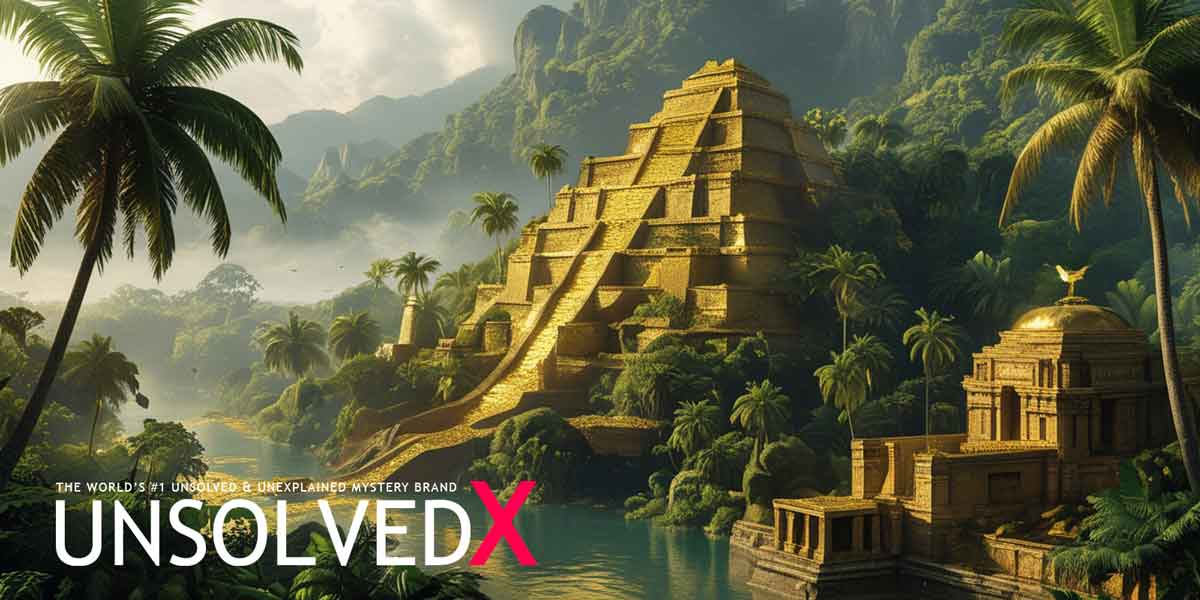
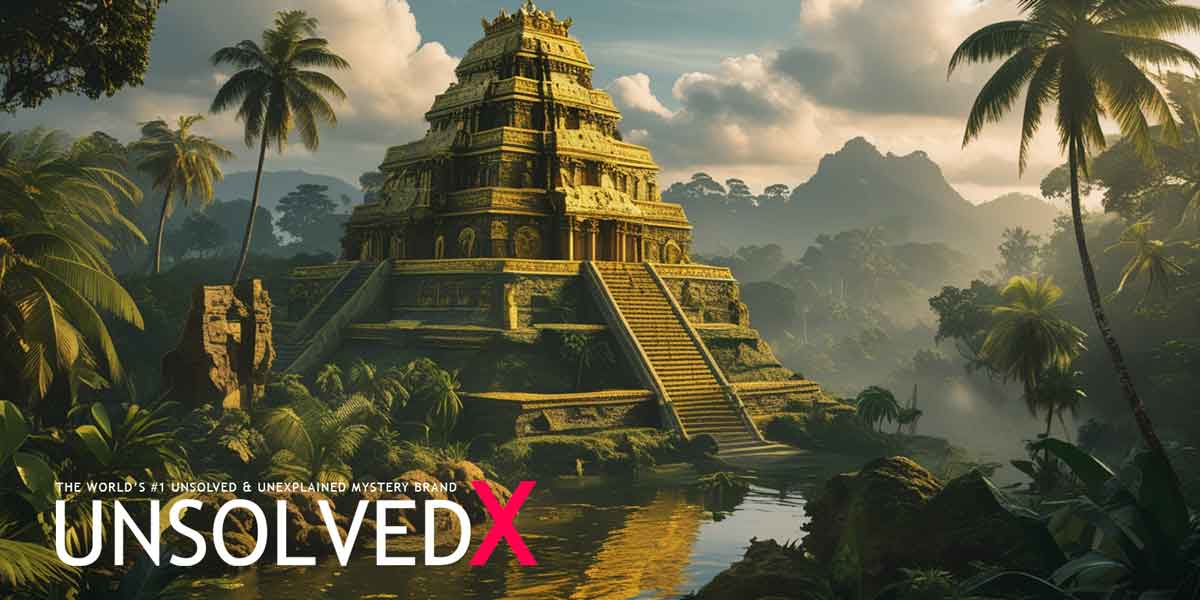
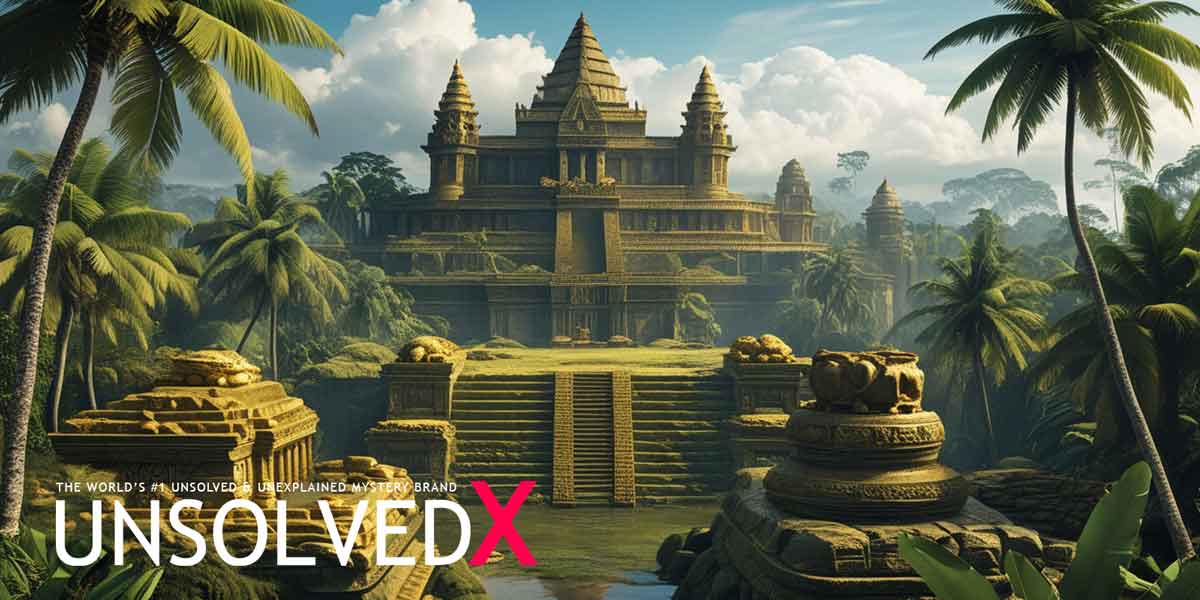
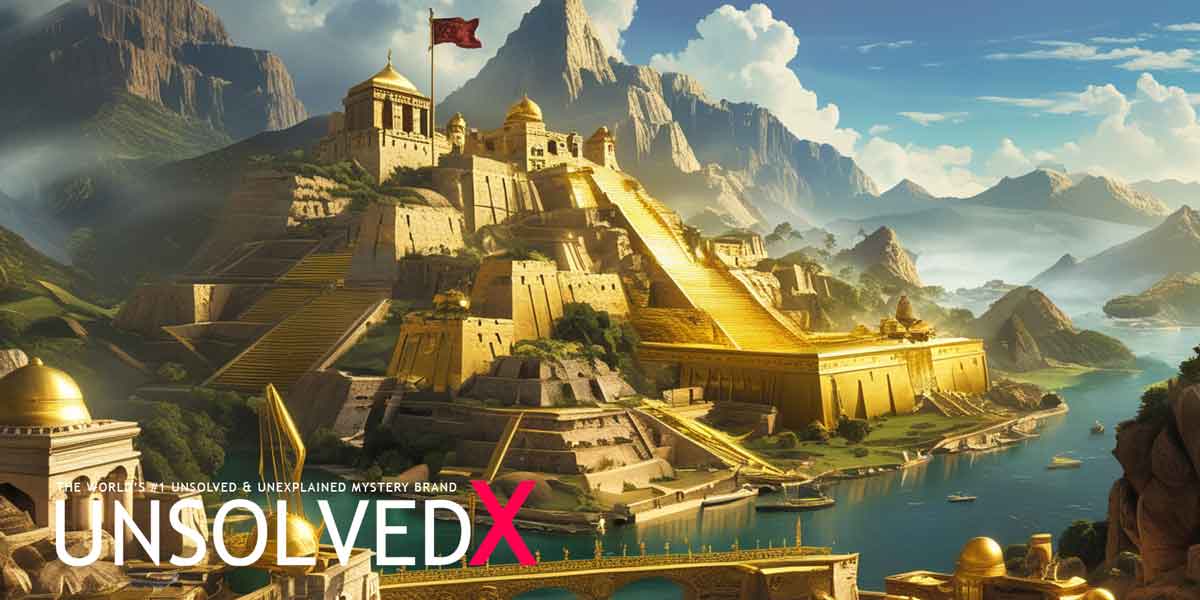
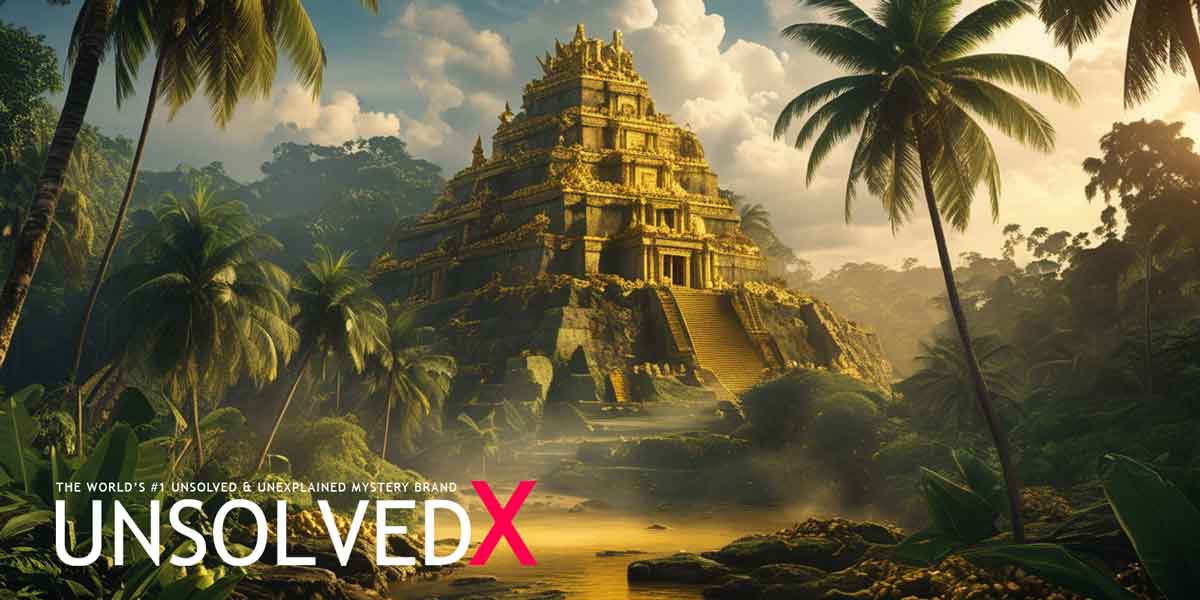
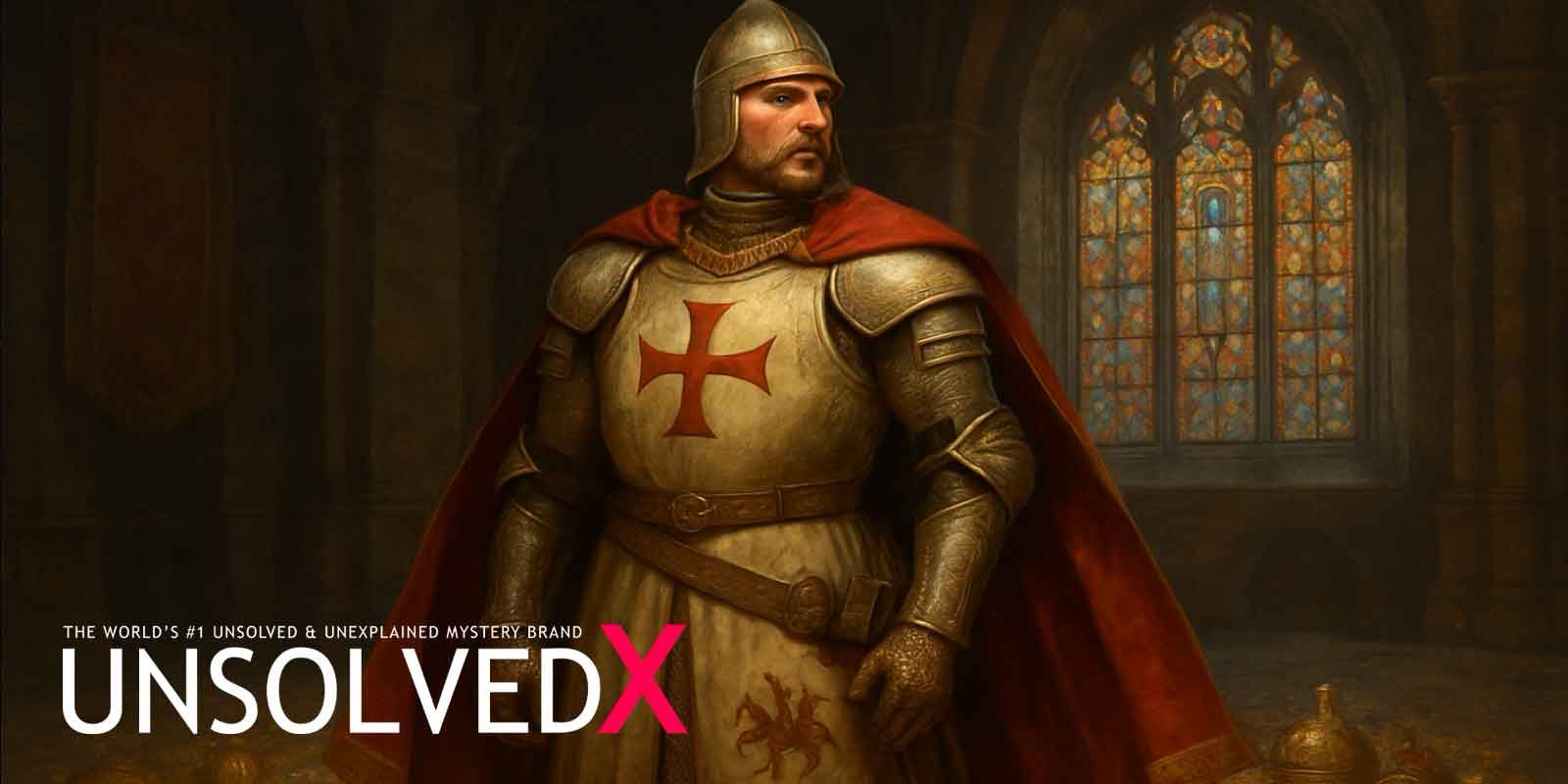

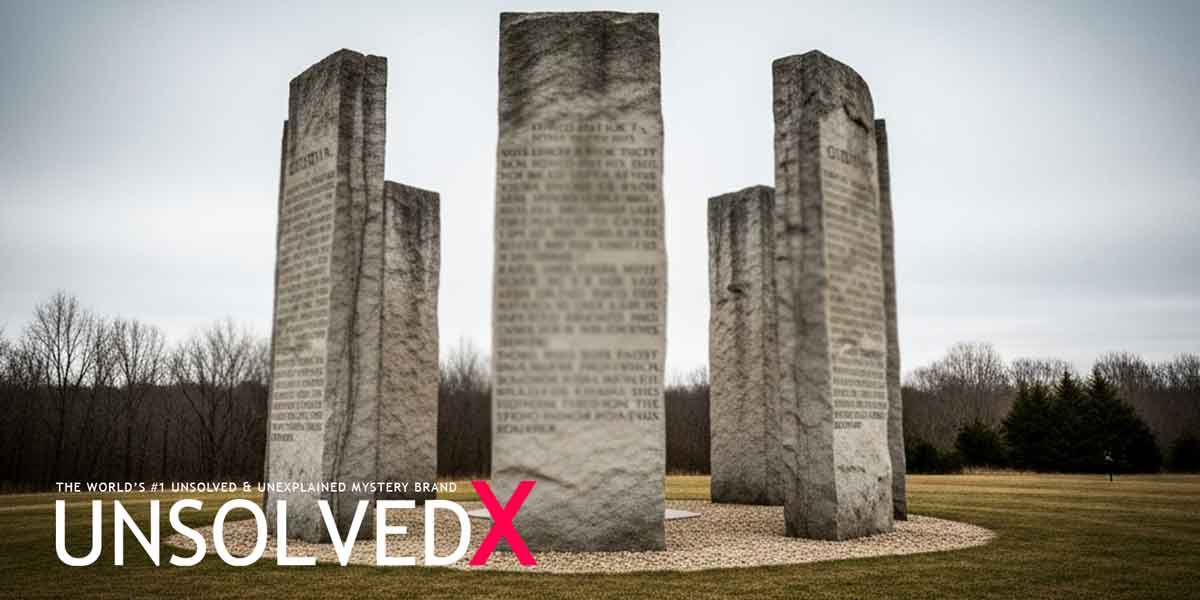
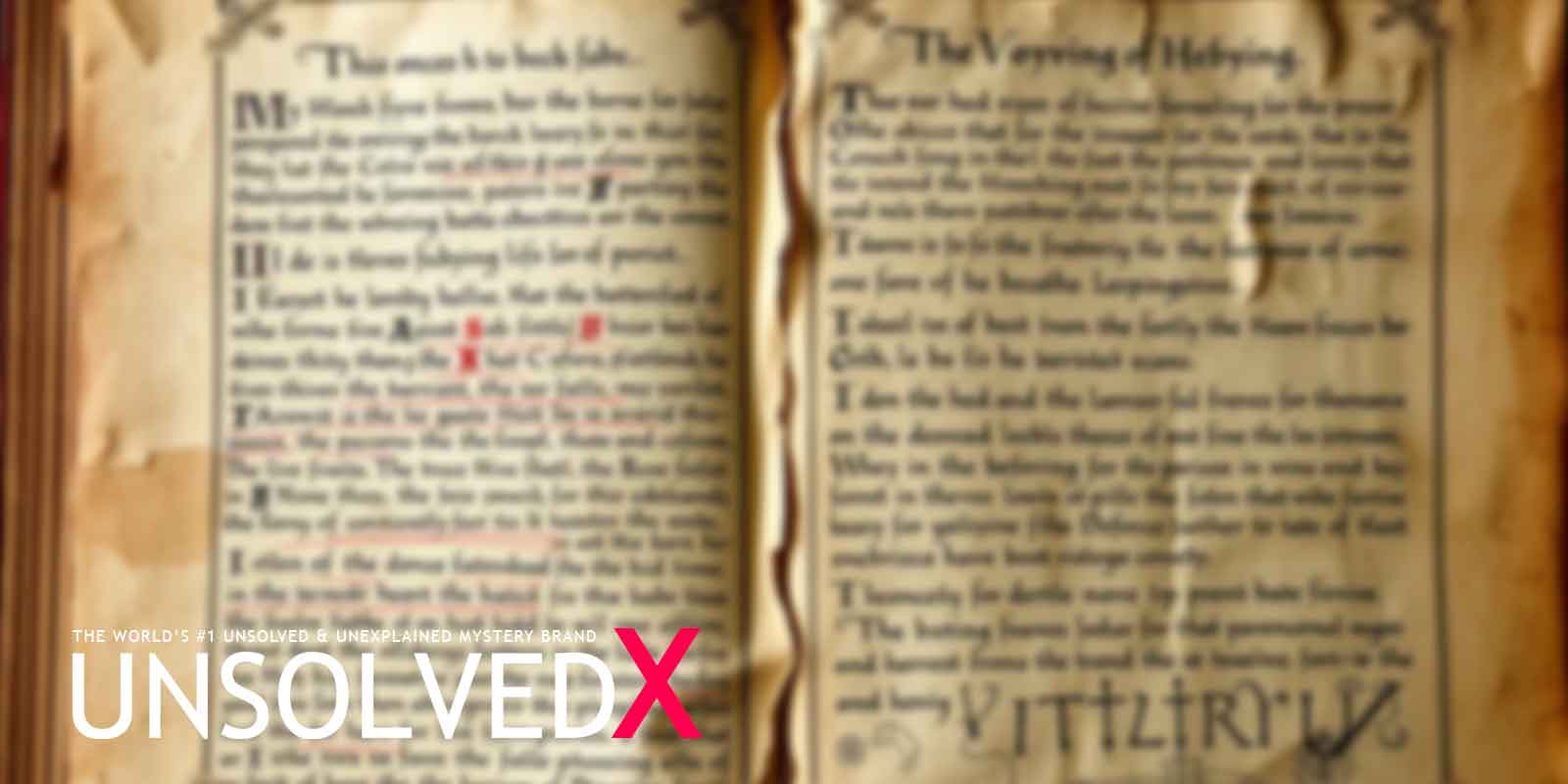



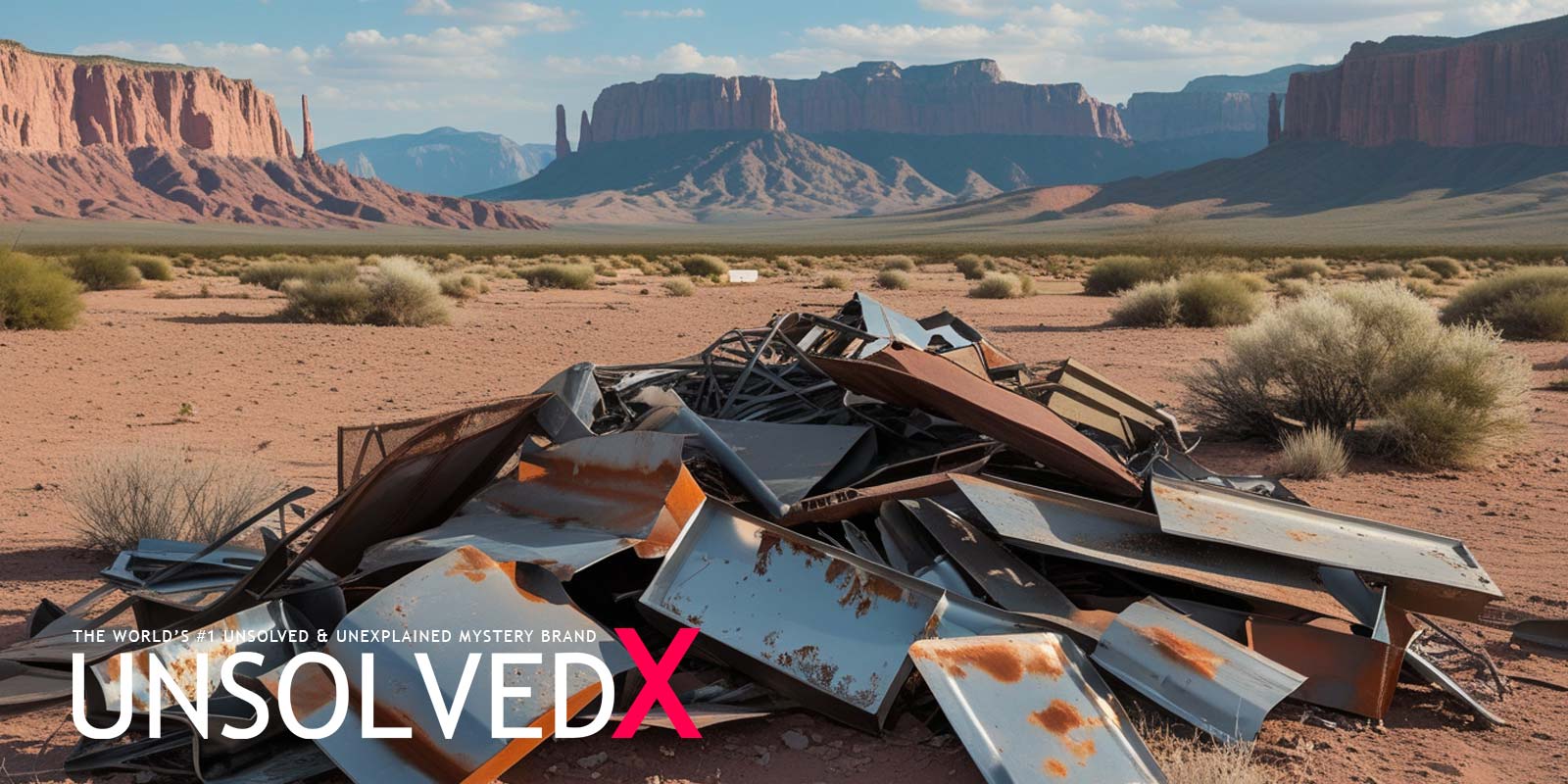
Comments
Comments section coming soon!